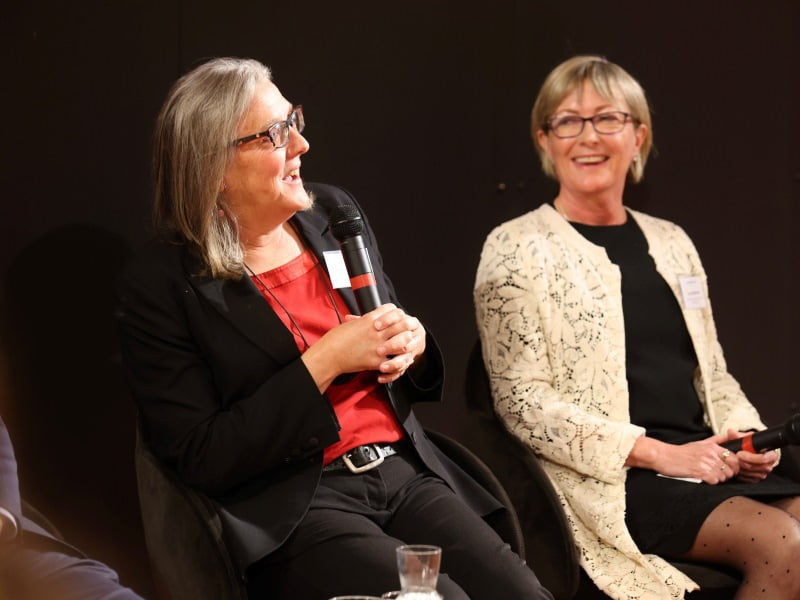Australia can recover from its infamous fumble of solar panel manufacturing that saw homegrown technology launch an entire industry in China. But the price of establishing domestic operations is only climbing.
That is according to UNSW Engineering Professor Renate Egan, who has for decades been part of the world-renowned photovoltaics research that helped develop modern solar panels.
“We missed an opportunity because we didn’t back ourselves,” Professor Egan told the InnovationAus.com Capability Papers Manufacturing and Energy Transition forum in Sydney.
“What’s happened is that we’ve had 20 years of demonstration that it’s possible. And I think the next 20 years it’s possible to do it again.”

Professor Egan said 20 years ago she could not find funding in Australia for her solar technology startup, and had to go to China, much like the students of UNSW colleague and the ‘father of photovoltaics’ Scientia Professor Martin Green.
“[They] did the same thing: sought funds here in Australia, couldn’t get it and found the investments in China that they couldn’t find here,” she said.
The exodus of UNSW students that went on to form global solar manufacturing firms is considered one of the great missed opportunities in Australian manufacturing. China now holds at least an 80 per cent share of all the manufacturing stages of solar panels.
But the solar industry is still in its relative infancy, according to Professor Egan, who now leads the leads the Australian Centre for Advanced Photovoltaics, which is racing to increase panel efficiency.
The increased demand for clean energy and a new wave of Australian innovators delivering more efficient and more easily deployable panels means the opportunity remains for Australia to make a local manufacturing push, she said.
“We still have the opportunity. You just have to come in with a bigger dollar amount now because to come in, you have to come in big… The challenge is to get in at scale, because that’s how you drive down costs and become competitive,” Professor Egan said.
“Therefore we need Australia again to back ourselves. This is what we missed 20 years ago. We can take it now.”
Earlier last week the chief executive of the Australian Renewable Energy Agency Darren Miller said highly efficient solar and electrolyser technologies are “the fundamental underpinnings of our Australian renewable energy, superpower vision”.
“Green hydrogen at low cost, made by renewable electricity from solar at incredibly low cost are the core ingredients that will go into the industrial processes that we know we’re going to need and we want for the future,” Mr Miller said.
ARENA has awarded $2.25 billion in grant funding over the last decade, unlocking total investment of almost $10 billion in Australia’s renewable energy industry. Its funding was topped up by the Albanese government, which has also carved $3 billion out of the National Reconstruction Fund for renewables and low emissions technologies.
The government has also committed $20 billion to invest in Australia’s electricity grid and transmission infrastructure.
But with a low manufacturing base and a shortage of skilled workers, Professor Egan said government funding may need to grow and must be matched by investment in education and a strategic plan to pull in private investment and help create the market.
“The challenge is to get in at scale,” she said.
“Because that’s how you drive down costs and become competitive and therefore we need Australia again to back ourselves. This is what we missed 20 years ago. We can take it now.”
Do you know more? Contact James Riley via Email.

